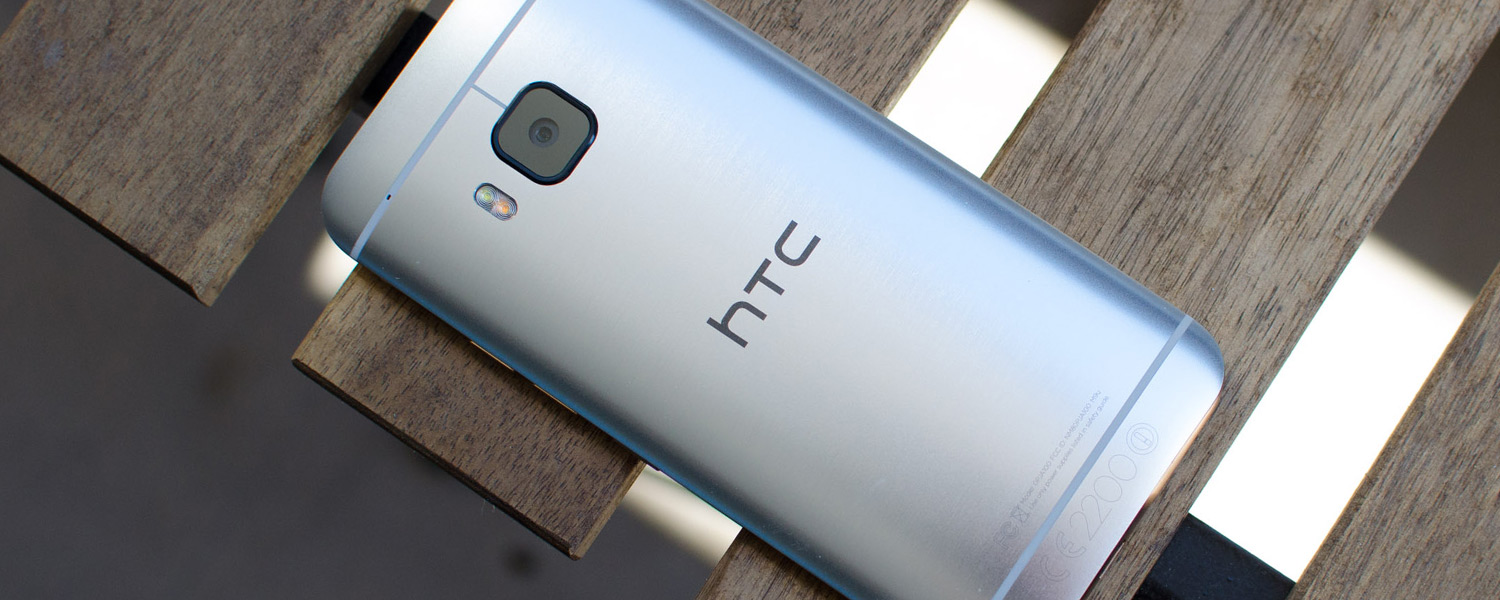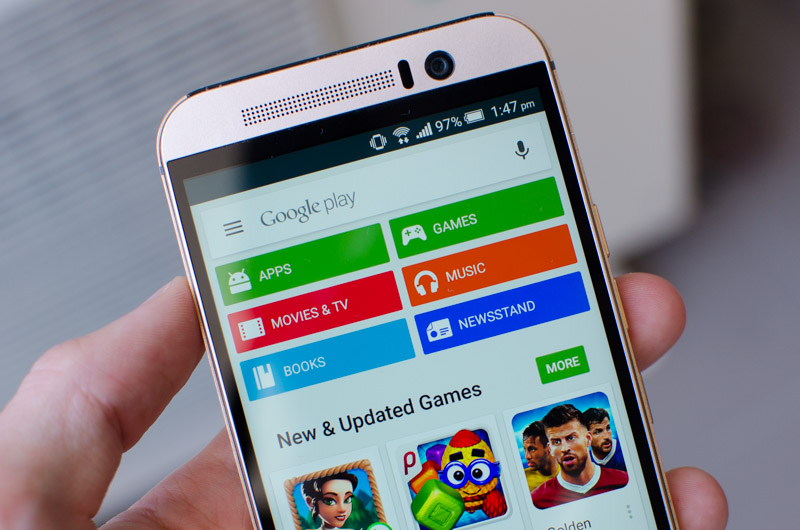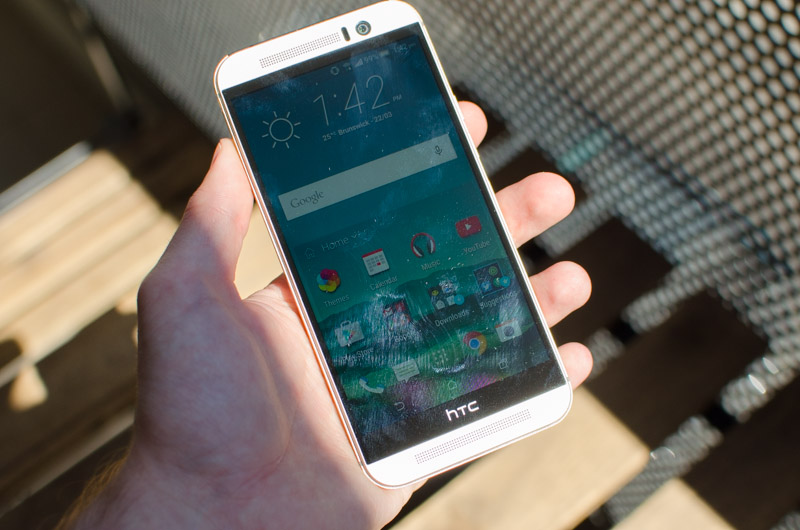Display
The HTC One M9 brings no surprises to the table in terms of its display. From a spec sheet perspective, the panel used in the M9 is identical to the one used in the M8: a 5.0-inch TFT IPS LCD "Super LCD 3" display with a resolution of 1920 x 1080. Despite the inclusion of Qualcomm's new Snapdragon 810 SoC, HTC has resisted the urge to upgrade the display resolution to 1440p, which has a minimal effect on overall picture quality.
As it stands, the HTC One M9 display clocks in at 441 pixels per inch, a very respectable pixel density for a flagship device. As I've said countless times before, 1080p panels of this size look extremely crisp, displaying great detail in imagery and native-res videos, and delivering sharp text that's easily readable even with thin fonts.
The Super LCD 3 display HTC has used in the One M9 seems largely unchanged from the M8 in terms of quality. I wouldn't say this is the best looking display I've seen in a current-gen flagship - the latest panels used in Apple, Samsung and Sony smartphones are superb - but it's still right up there. Color saturation seems great, and although contrast isn't as high as the best LCDs or AMOLEDs out there, photos and apps can still look pretty darn good.
Accuracy from this panel seems a little iffy, with color banding affecting blues and reds in some areas of the spectrum. I'd like to see HTC focus a little more on display accuracy, or provide users with a way to adjust the color profile of the display. On the positive side, white balance is great, with no noticeable tone to either end of the temperature spectrum, while black levels are reasonably good.
Despite some issues on the accuracy side, the One M9 display is one of the easiest panels to view outdoors. Thanks to high peak brightness and a good combination of polarization filters, I really had no problems viewing the display in any conditions. Even at night, the brightness can ramp right down to very low levels, which prevents your retinas from getting burned out. One downside to the increased sunlight viewability is a small amount of contrast shift at acute viewing angles, although as this is an IPS display, viewing angles in general are still good.
Like with the One M8, you can turn on the display and unlock the device by simply swiping up on the touchscreen, provided you don't have any lockscreen security enabled. However HTC has disabled the other two unlock methods (swipe right/left to unlock to apps/BlinkFeed) by default, which you can re-enable in the display settings. I never found the two secondary swipe-to-unlock features to be all that useful, although the unlock-to-camera feature can be handy if you're a frequent camera user.
The touchscreen itself is extremely responsive, which is great for gaming and keyboard usage. HTC has also implemented a glove mode, which like similar modes on competing smartphones, increases the sensitivity of the touchscreen so you can use it through cloth. However I'd recommend only turning it on when necessary, as it increases the power usage of the display, in turn reducing battery life.
Like with the M8, the M9 uses on-screen navigation buttons instead of dedicated capacitive buttons, reducing the screen real estate in most applications to around 4.7 inches. For the first time, HTC is allowing you to modify the order and number of navigation buttons, similar to what LG has provided since the LG G2. You'll need to keep the standard buttons - Back, Home and Recent Apps - though you can re-order these and add in a fourth button if you so choose. Other buttons can pull down the notification pane or quick settings pane, hide the navigation bar entirely, turn off the display, or enable/disable auto rotation.






